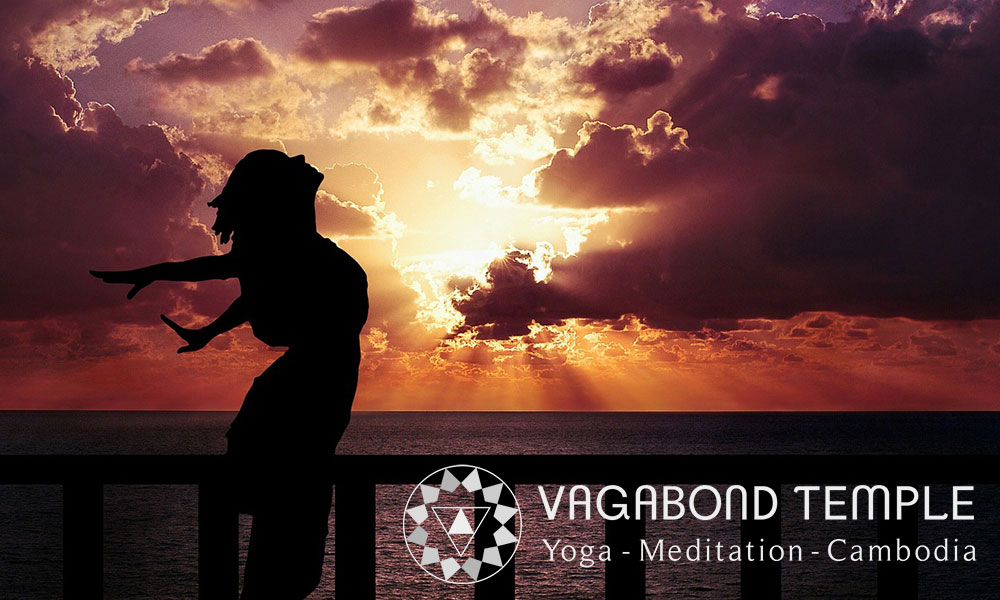What Is Pranayama?

Prāṇāyāma is a Sanskrit word often translated into ‘breath control’— however the word itself is compiled with two words. Prana, meaning life force or energy (and is often related to as the breath); and ayāma, meaning to extend or draw out. Though I mentioned that pranayama is often translated into ‘breath control,’ for the general context it’s much more suitable to translate it as an extension or drawing out of the life force. Due to the nature of pranayama practice, we are not working to control the breath per say— but more-so extend our awareness and liberate the energy within.
As mentioned above, the breath is a physical manifestation of our life force. It is deeply connected to our entire being; physically, emotionally, and spiritually— but how often are we really tuned in to how we are breathing? How often are we fully aware of the energy moving through our bodies?
Yogic practice opens this awareness by providing us with guidelines and specific tools to become more aware of our physical bodies, subtle energetic bodies, and spiritual bodies. Once we have the awareness, we can then use them mindfully and efficiently, and in alignment with our highest Self.
Pranayama practice is one of these tools. It is often called ‘breath control’ because they are disciplined breathing practices, however the entire premise is to extend our awareness within it.
Some simple breathing practices that can help with your daily life are as follows:
Belly Breathing: This kind of breathing helps us to become more mindful and aware of the way we breath on an everyday basis. Deep belly breathing stimulates the relaxation response of the parasympathetic nervous system, brings more oxygen into the blood and lungs, and brings more awareness into the body. Begin by focusing on the lowest part of the abdomen, imagining that it is a balloon— and on the inhale expand the balloon to its fullest potential, breathing deeply into the low belly. On the exhale, slightly contract and lengthen the exhales to fully release all of the breath.
Ujjayi Breath: The victorious breath. Often called the ‘ocean breath’, Ujjayi breathing is another form of deep breathing that is more active and creates more of an energetic quality on the inhale and exhale. The big difference is the ‘ocean sound’ that is created by slightly constricting the back of the throat on the exhale, and simultaneously drawing the energy in and up within the lower abdomen. This is a great practice to warm the body, activate the lower abdomen and pelvic floor muscles, and keep the body active and present throughout practice (and life).



